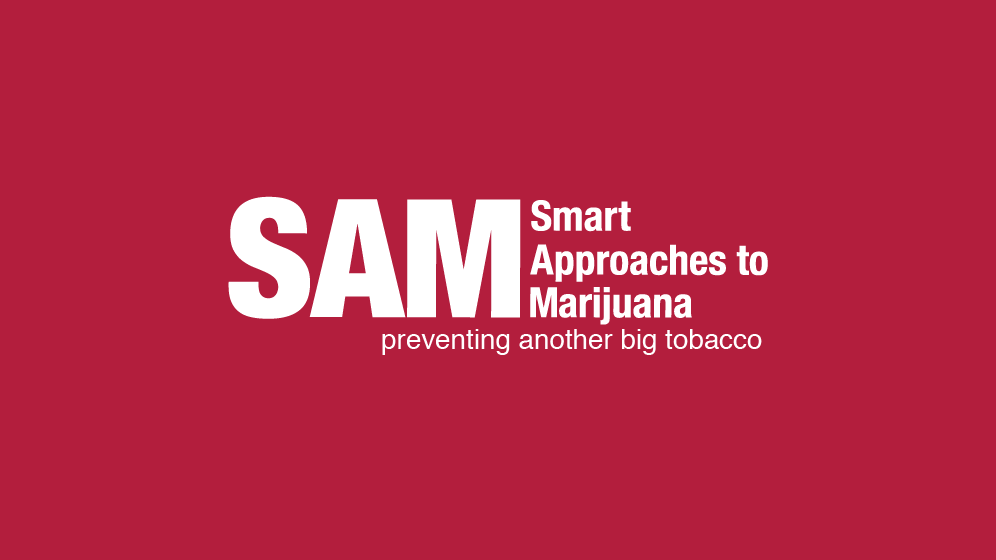
Cutting government waste is a good aim, but to tackle the drug crisis, we need a bold new vision and priorities.
After the nation was losing more than 100,000 Americans to overdoses each year, this number is finally beginning to decline. This is promising. The Trump administration’s focus on curtailing government spending should lean into what is working and dispense with what is not.
The administration should tackle drugs and addiction with the most effective programs that address the largest portions of this crisis. This strategy can be grouped into two broad categories: demand reduction and supply reduction.
Demand reduction –– including prevention, treatment and recovery services –– keeps nonusers from initiating drug use and helps current users quit. The best way to lean into these objectives is to preserve the long-standing Substance Abuse Prevention and Treatment Block Grant. They should also continue to fund the Drug-Free Communities Program, which supports local coalitions that prevent youth drug use before it starts.
Beyond that, it is time for the federal government to launch a nationwide awareness and education campaign to counter the normalization of drug use. Right now, we are leaving our nation’s drug education to Snoop Dogg, Big Pharma and private equity firms invested in weed and psychedelics. A science-based media campaign is needed to offset the harms of extreme drug policies like the legalization of marijuana and Oregon’s short-lived Measure 110, which decriminalized all drugs. Many proven models for a national media campaign are based on evidence-based programs such as the Truth Initiative and Click It or Ticket. We also need to invest in school-based prevention programs to ensure that every student learns about the dangers inherent in today’s drug landscape, refusal skills and healthy coping strategies.
Supply reduction plays an equally vital role in countering the production, distribution and sale of illegal drugs. The agencies in this category include the Drug Enforcement Administration, Customs and Border Protection and Homeland Security Investigations. These agencies need reinforcement and expanded funding to execute their mandate, which should be to enforce the law against all illegal drugs — including marijuana.
More specific interventions deserve continued funding, such as naloxone, which can reverse an opioid-induced overdose. The first Trump administration, through the surgeon general, issued an advisory about naloxone.
However, a contingent of radical harm reduction activists now supports an array of unproven programs, such as “safe” injection sites, which have been implemented in complete violation of federal law in New York and Rhode Island. These radical policies go further to include “safe supply,” a regressive policy that provides “safe” drugs to drug users, which has been implemented in British Columbia and endorsed by the city of Denver. As the Trump administration conducts its reviews, it should ensure that no federal funds are used to support these programs. Like in his first term, President Trump should again strongly oppose injection sites, but this time, he should take steps to shut them down.
A less exciting but critical component of any strategy to contend with the drug crisis is data and reporting. Most recently, the temporary pause on public communications resulted in the Centers for Disease Control and Prevention not publishing its flagship Morbidity and Mortality Weekly Report. While it isn’t a household name, this report is crucial for those in the field and sounded the alarm in December about the emergence of carfentanil. This synthetic opioid is 100 times more potent than fentanyl. Youth Risk Behavior Surveillance System data was also scrubbed from the CDC website. This data gives critical insight into dangerous teen behaviors and helps inform prevention efforts.
Data and research like this are vital to informing law enforcement and public health officials how best to do their jobs. The National Institute on Drug Abuse, the largest funder of addiction research in the world, needs to focus its funding on prevention and treatment. For example, NIDA supports the Adolescent Brain Cognitive Development Study, which researches how various life experiences impact brain development.
Recently, research funds have been commandeered to fund extreme harm reduction programs that, even if ultimately proved effective in limited ways, would help only a very small minority of those impacted by drug addiction. A full review of NIDA’s priorities is overdue, but we shouldn’t throw the baby out with the bathwater.
KFF found that 91% of Americans support having addiction treatment centers in their communities, while 81% support making naloxone freely available. A 2024 poll from Pew found that 55% of Americans think reducing the availability of illegal drugs should be a top priority for Mr. Trump and Congress.
The Trump administration should cut unproven, unpopular programs in the federal drug strategy and double down on those with the highest impact that are working. Our families depend on it.
Access the article here.